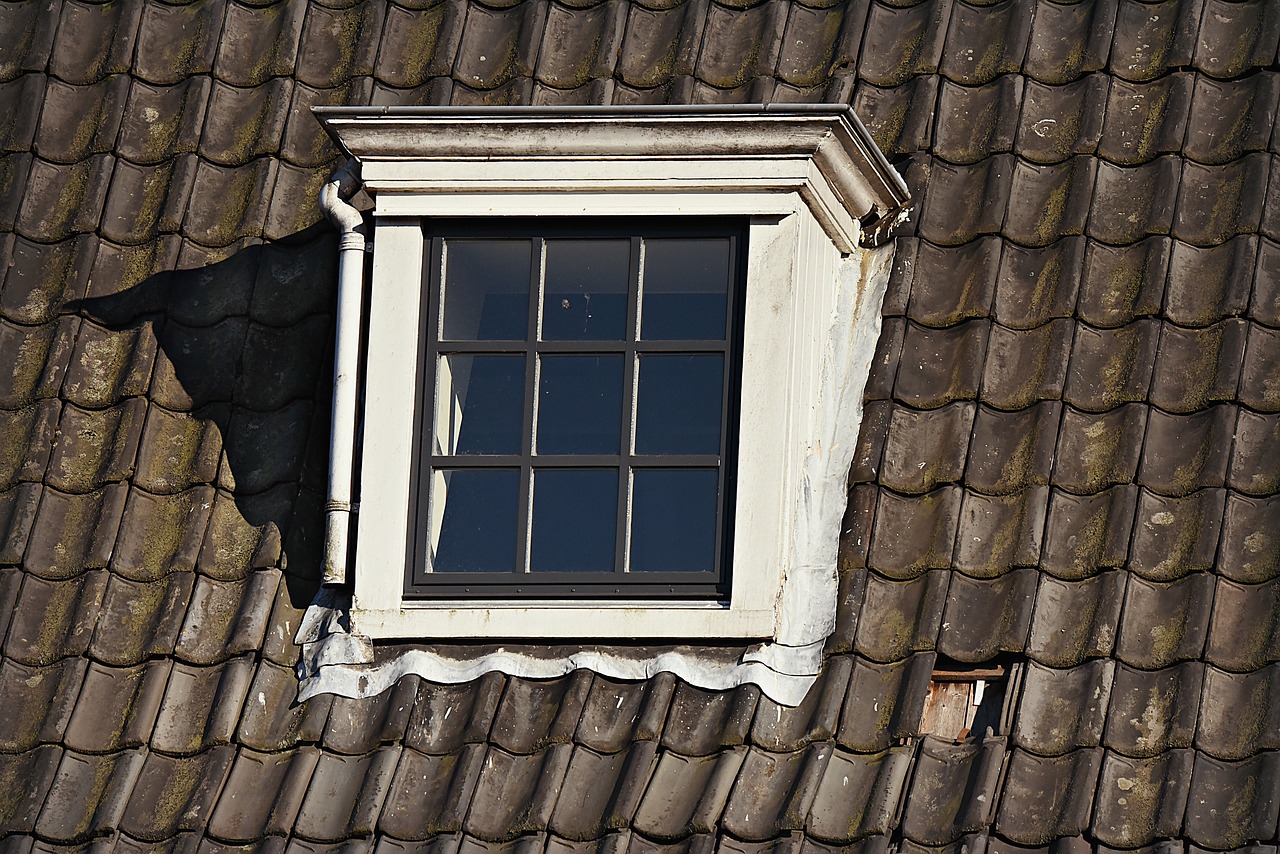We all want a nice, safe home – no one in their right mind would contest a statement like this. And one of the more important things you need to do in order to keep your home safe is to waterproof your roof. This is especially important if you live in an area with heavy rainfall. Below you will find the exact reasons why this is so important, as well as a brief primer on the types of waterproofing that can be done.
Damage and safety

Waterproofing means you’re creating a barrier over surfaces you believe might be at risk of water damage and leaking. So, foundations, roofs, general structural elements of a building… However, the most important part is the roof.
First of all, it prevents damage that can be caused by leaving a leak unnoticed. The problem with leaks is that they aren’t really visible, the water goes into areas you simply can’t see. Ceiling and walls can accumulate water, and then reach a certain point where the damage that occurs is quite considerable. Sometimes this necessitates very serious and extensive repairs.
An obvious leak, i.e. one that drips from the ceiling, can cause a lot of damage to your floors, carpets, and any kind of electronics it comes in contact with. And the actual dangers of water coming into contact with electricity shouldn’t be understated.
Costs and comfort
Another reason is comfort. Coating your roof in materials that make it waterproof often reduces temperature absorption. This leads to happier customers and more relaxed employees. Furthermore, you will save up on air-conditioning.
On the topic of costs, waterproofing your home should be done once every ten years. So this is an expense you divide over 120 months. On the other hand, repairing even a small leak can cost you a pretty penny.
This also extends the lifetime of your roof many times over. The coating that covers your roof protects it from leaks and rainfall, but it serves as added protection against the elements in general. Things like snowfall, strong winds, intense heat, heavy rainfall, they all damage your roof over time. A strong coating or flashing can keep it lasting longer.
Types of waterproofing

There are a couple of methods that are used when waterproofing a roof (or anything else on a building for that matter).
First of all, we have the liquid waterproofing method. Using this method, a liquid membrane is used to coat the roof. There are usually three coats used, a primer, and two top coats. They are most often applied by either using a roller, or a spray. This is the most flexible manner of waterproofing, since it allows you to cover even the most difficult of “terrain”. The roof is covered with a coat that quite soon turns into a rubber-like substance. The actual durability of this type completely depends on the types of polymers used to coat the roof.
Next, we have lead flashing. Using proper lead flashing, an expert will set thin pieces of material to cover problematic joints and seams that tend to leak or get damaged. This most often means that the professionals are using lead, aluminium, copper, or stainless steel “plates”. They are most often placed on an angle, to drive away water from the areas that have been covered. Copper and lead are durable and are quite malleable as well. Furthermore, lead can be recycled, as can soft zinc. Lead is actually very durable, but you need to pay attention to lead runoff since it can be slightly toxic. Still, it’s more resistant to salt when compared to aluminium, and if placed properly, it can make its toxicity a non-issue.
Cementous waterproofing is the easiest method used. The materials used for this kind of waterproofing are readily available and are pretty easy to mix and to apply. Anybody can do it. It is quite rigid and is often used in construction, like bridges, dams, tunnels, just to give a few examples.
Bituminous membrane waterproofing methods are very useful if you have a low-sloped roof. These have two important aspects. Namely, they have an adhesive on the bottom and are essentially rolls of materials that is placed on a roof. The adhesive is made from asphalt, polymers, and various filler materials. They also use resins and oils that help them stick to the roof. A similar method is using a bituminous coating. This coating is flexible and has excellent waterproofing elements, and sticks to concrete wonderfully. The issue here is that prolonged exposure to sunlight can damage it significantly. If you live in an area that sees a lot of rainfall, but little sunlight, then you’re good to go.
Polyurethane liquid membrane coating is very expensive but very flexible. It’s excellent for flat roofs that are exposed to heavy elements. The issue with this method is that is very sensitive to moisture when being applied, and so you have to be one hundred per cent certain that the area on which you are applying this material is dry.
Conclusion

Water damage is no joke. The costs incurred, the actual safety hazard, these are things you need to think about. Thankfully, there is a host of methods you can use to keep your roof protected, anything from coatings that consist of various materials, to proper lead flashing. Just contact a professional or, if you’re feeling brave, do it yourself, and rest easy knowing your roof will hold fast for a long time.



0 Comments